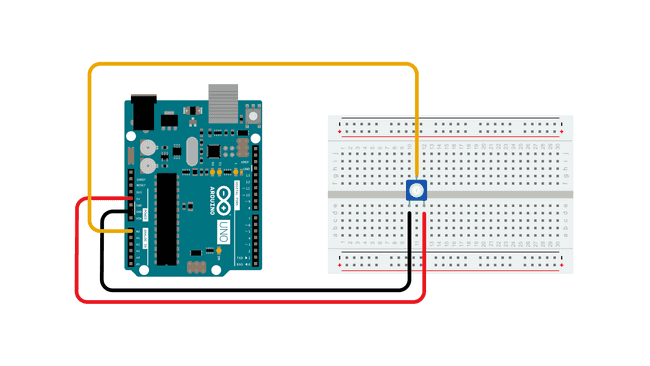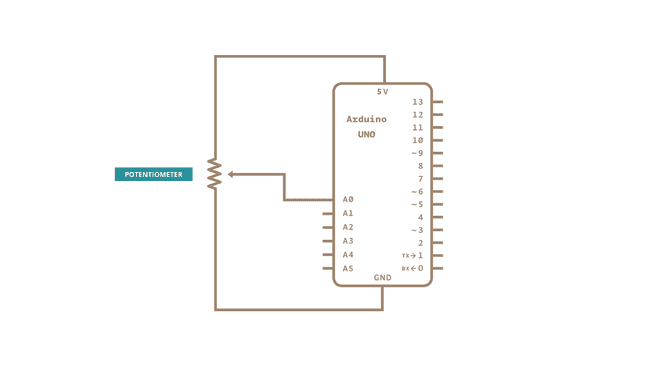If Statement (Conditional Statement)
Use an if statement to change the output conditions based on changing the input conditions.
The if() statement is the most basic of all programming control structures. It allows you to make something happen or not, depending on whether a given condition is true or not. It looks like this:
1if (someCondition) {2// do stuff if the condition is true3}There is a common variation called if-else that looks like this:
1if (someCondition) {2// do stuff if the condition is true3} else {4// do stuff if the condition is false5}There's also the else-if, where you can check a second condition if the first is false:
1if (someCondition) {2// do stuff if the condition is true3} else if (anotherCondition) {4// do stuff only if the first condition is false5// and the second condition is true6}You'll use if statements all the time. The example below turns on an LED on pin 13 (the built-in LED on many Arduino boards) if the value read on an analog input goes above a certain threshold.
Hardware Required
Arduino Board
Potentiometer or variable resistor
Circuit
Schematic
Code
In the code below, a variable called
analogValue<Learn more
You can find more basic tutorials in the built-in examples section.
You can also explore the language reference, a detailed collection of the Arduino programming language.
Last revision 2015/07/29 by SM
Suggest changes
The content on docs.arduino.cc is facilitated through a public GitHub repository. If you see anything wrong, you can edit this page here.
License
The Arduino documentation is licensed under the Creative Commons Attribution-Share Alike 4.0 license.

